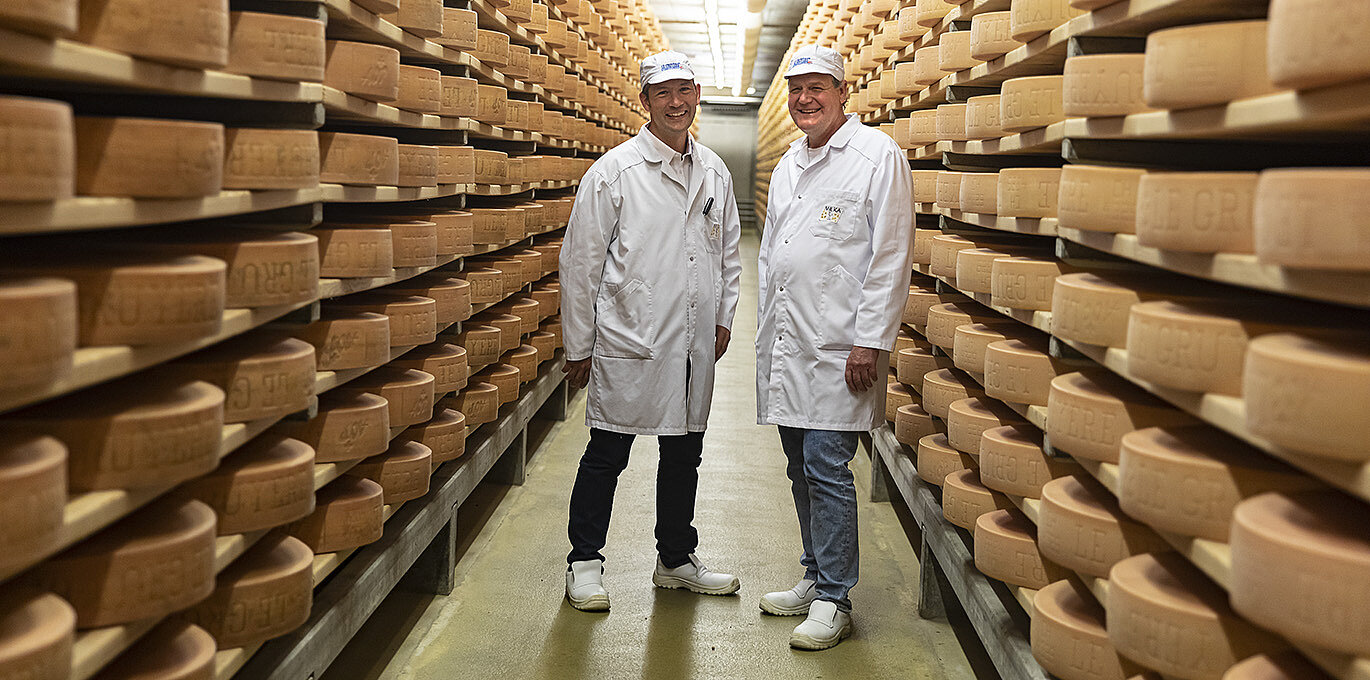Opening the Keys of Artisanal Cheese Making: A Step-by-Step Do It Yourself Overview
In the realm of cooking craftsmanship, artisanal cheese making stands as a testament to the fragile balance between tradition and advancement. Each step in the process, from picking the best milk to perfecting aging methods, holds within it a wide range of understanding gave with generations. As we embark on this trip to demystify the art of developing splendid cheeses, we are faced with a tapestry of skills and secrets waiting to be unwinded. Join us as we check out the complexities of this ancient craft, where art, perseverance, and science merge to generate tastes that tantalize the detects.
Selecting the Right Milk
When getting started on the trip of artisanal cheese making, the option of milk plays a vital function in establishing the high quality and characteristics of the final product. The kind of milk chosen influences the flavor, appearance, and in general account of the cheese.
When selecting milk for cheese making, it is crucial to take into consideration the fat material. Greater fat web content in milk can cause a creamier and richer cheese, while reduced fat content might lead to a drier and stronger structure. In addition, the resource of the milk, whether from cows, goats, sheep, or buffalo, adds unique flavors and attributes to celebrity (Floridia Cheese Melbourne). Each sort of milk brings its very own nuances, enabling a wide variety of cheese ranges to be crafted based upon the picked milk. Inevitably, the selection of milk is an essential decision that sets the foundation for a successful artisanal cheese-making venture.
Culturing and Coagulating
To start the cheese-making process, the essential actions of culturing and coagulating need to be very carefully implemented to transform milk right into curds and whey. Culturing involves presenting beneficial germs to the milk, which then begins the fermentation process. These bacteria convert lactose (milk sugar) right into lactic acid, developing the acidic environment needed for coagulation. The sort of society utilized can significantly affect the flavor, texture, and ripening of the final cheese item.

The timing and temperature level control throughout culturing and coagulation are important variables that affect the final end result of celebrity. Proper execution of these actions is important to make certain the preferred texture, taste, and uniformity of the artisanal cheese being produced.
Draining and Pushing Curds
After the milk healthy proteins have coagulated and the curds have been reduced to launch whey, the next crucial action in artisanal cheese making involves draining pipes and pushing the curds to achieve the preferred appearance and consistency of the final cheese item. The time for draining can vary depending on the kind of cheese being made and the desired wetness content.
Pushing helps eliminate any type of staying whey and compacts the curds to create a solid cheese wheel. view it now Proper pressing and draining pipes are vital actions that significantly impact the quality and qualities of the artisanal cheese being created.
Aging and Flavor Strategies
Executing meticulous aging and flavoring strategies is essential in improving the depth and complexity of artisanal cheeses, boosting their preference profiles to exquisite degrees of improvement and class. Aging plays a critical function in establishing the distinct flavors and appearances that differentiate artisanal cheeses. During the aging procedure, cheeses are kept in meticulously regulated atmospheres where factors such as moisture, temperature level, and air flow are manipulated to motivate the development of valuable mold and mildews and bacteria. This regulated environment permits the cheese to grow slowly, creating abundant tastes and complicated aromas.
Seasoning techniques likewise contribute substantially to the final taste of artisanal cheeses. Cheesemakers might pick to present additional flavors by integrating ingredients such as herbs, flavors, or perhaps fruits into the cheese during the manufacturing procedure. In addition, some cheeses are washed or scrubed with different fluids, such as salt water or alcohol, to enhance their tastes and appearances.
Wrapping and Keeping Cheeses

Conclusion
Finally, mastering the art of artisanal cheese making entails very carefully selecting the ideal milk, following exact culturing and coagulating procedures, draining pipes and pushing curds successfully, and utilizing numerous aging and flavor strategies. By complying with these actions diligently and with interest to information, you can create your own scrumptious and special cheeses in your home. Remember to wrap and save your cheeses effectively to guarantee optimum taste and structure advancement. Satisfied cheese making!
Each kind of milk brings its very own subtleties, allowing for a wide range of cheese varieties to be crafted based on the selected milk.After the milk proteins have coagulated and the curds have been cut the original source to release whey, the next essential step in artisanal cheese making includes draining and pressing the curds to accomplish the desired appearance and uniformity of the last cheese item. A lot of cheeses must be covered in wax paper or cheese paper to enable them to breathe while protecting them from drying out. For cheeses that need to proceed aging, such as bloomy peels or cleaned skins, ensure they are stored in a cool setting like a cheese cavern or a fridge set to the appropriate temperature. By paying interest to the wrapping and storage of artisanal cheeses, cheese makers and lovers can preserve the honesty of these specials and totally appreciate their intricate flavors.